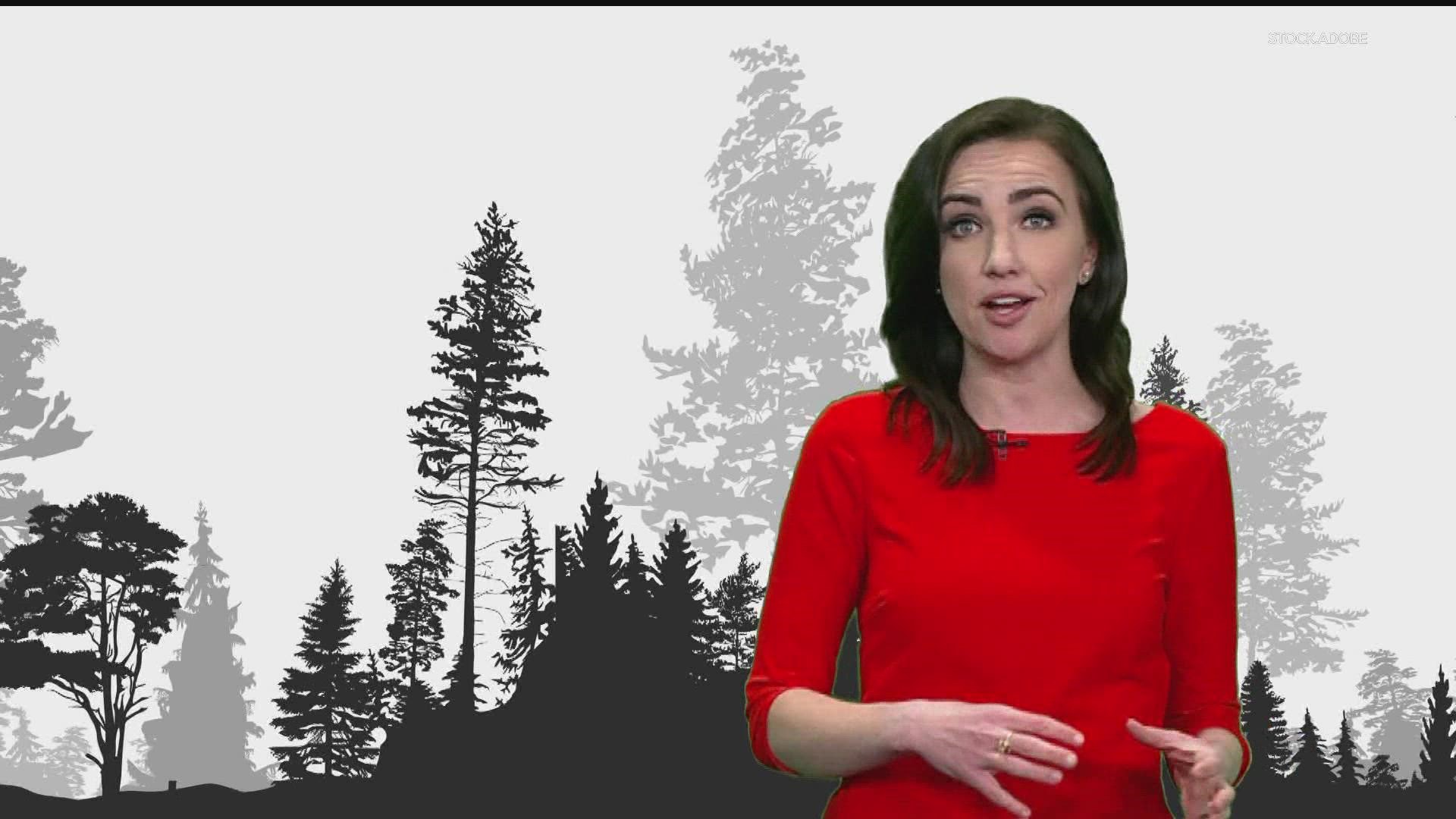MINNEAPOLIS — Research shows over more than a century some common species of trees in Minnesota have slowly shifted northeast.
While individual trees are not on the move, of course, the population center of an entire species can (and has) slowly shifted, according to research conducted by Nick Danz for his dissertation.
"We basically just compared 150 years of change in trees using the computer," said Danz, who was a student at the University of Minnesota at the time and is now the Dean of Academic Affairs and Graduate Studies at the University of Wisconsin-Superior.
Danz said surveyors in Minnesota recorded the locations of trees in the 1800s. That information was eventually put into a computer program, which allowed Danz to compare the locations with the locations of trees in the modern day.
He found that species with more southernly distributions, like oak, basswood, elm, maple, and ash experienced more an dramatic shifts, an average of 56 miles toward the northeast.
Danz said more northerly species, like spruce, balsam fir, and tamarack, had average shifts of 21 miles to the northeast.
"That probably happened not by individual trees moving, of course, but by increased death of trees and removal of trees near the edges [of the population's location]," Danz said.
Danz said the dying of trees toward the southwestern edge of a tree species zone slowly shifted the population's center northeast.
So why did that happen?
"Primarily because it got hotter and drier, but also because that area [southwestern Minnesota] has largely been converted to agriculture," he said. "Even if there were acorns and seeds and they blew or they moved into the southwest... they probably wouldn't establish and grow because it's all farmland."
The research shows that Minnesota's landscape is changing, and with climate change Danz predicts that that will continue.
"The fundamental nature of what Minnesota looks like is probably going to change in a fairly short time scale compared to what it would have historically," he said.

